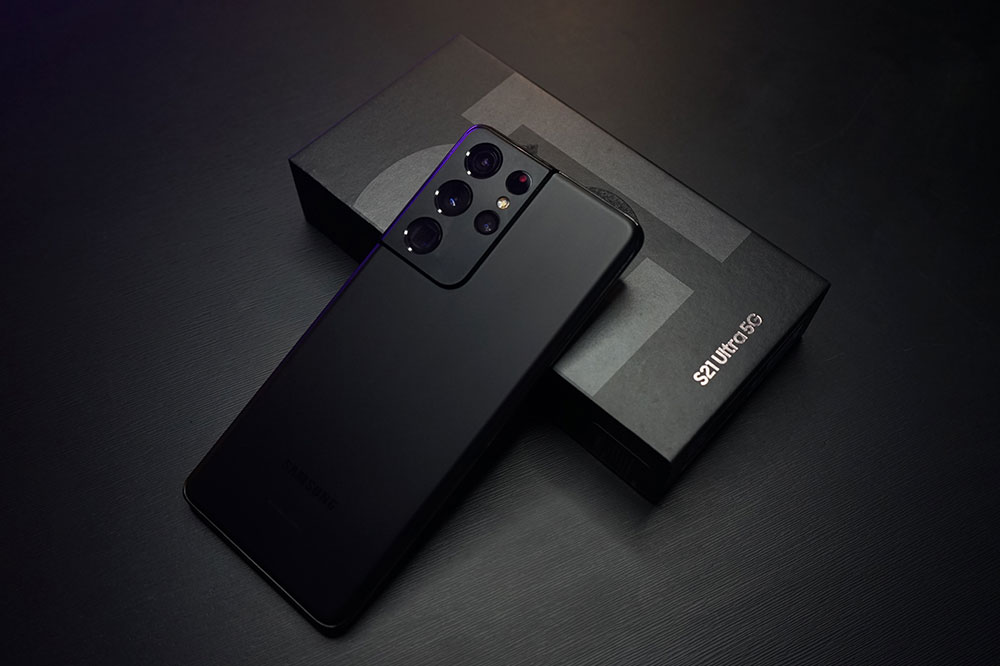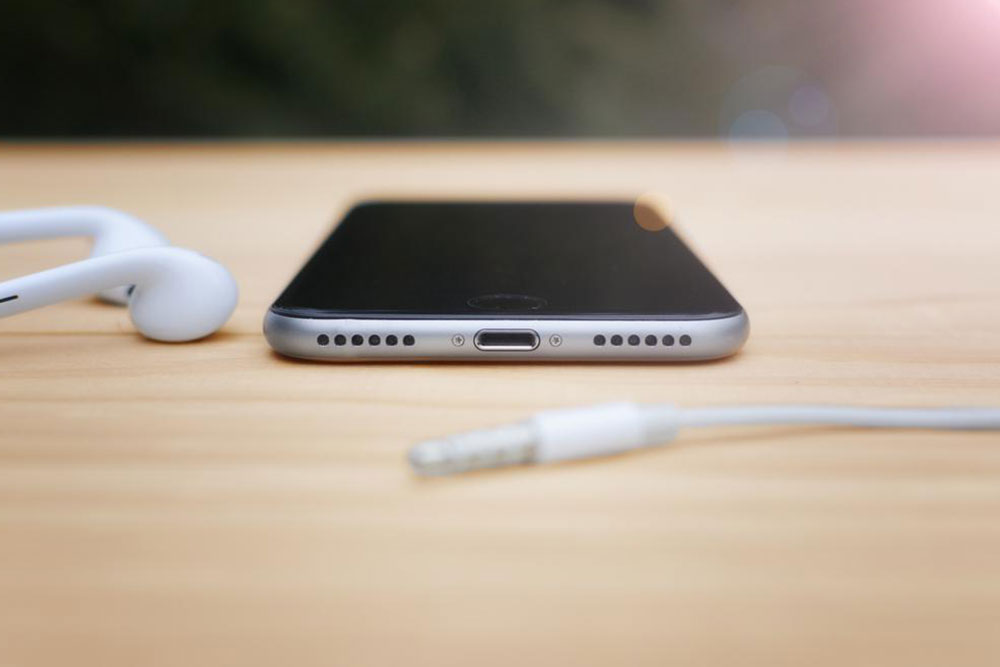Leading Windows Smartphones in the Current Market Landscape
Explore the top Windows smartphones available today, from budget-friendly models like Lumia 435 to premium devices like Lumia 950 and HP Elite X3. Discover their features, strengths, and limitations to see if a Windows phone suits your needs. Despite stiff competition, these devices still appeal to specific user groups, especially enterprise professionals and photography enthusiasts seeking seamless Windows ecosystem integration.

Leading Windows Smartphones in the Current Market Landscape
In the highly competitive world of mobile technology, Windows smartphones have carved out a unique niche by offering a different user experience compared to Android and iOS devices. Although the smartphone market is predominantly dominated by Android and Apple, Windows-based devices remain appealing to specific user groups, especially those who appreciate the Windows ecosystem and seamless integration with their laptops and PCs. The availability of upgrade options to Windows 10 has further enhanced the capabilities of many Windows smartphones, delivering improved performance and a suite of useful functionalities. Below, we explore some of the most prominent Windows smartphones available today, highlighting their features, strengths, and limitations, and help you understand why some users still prefer Windows devices over the more mainstream options.
Lumia 435
The Lumia 435 is one of the most budget-friendly smartphones in the Windows lineup, priced at around $50. Despite its low cost, it offers a surprisingly decent user experience for basic tasks, making it ideal for users who need a simple, reliable device without the bells and whistles of flagship phones. It's especially suitable for markets where iOS or high-end Android phones are inaccessible due to budget constraints. While it doesn't boast high-end specifications, the Lumia 435 provides core functionalities such as calling, messaging, internet browsing, and basic app usage, which suffice for everyday needs.
Though lacking flagship features, the Lumia 435's value proposition lies in its affordability and simplicity. It offers a straightforward Windows Phone experience, which for many users, remains sufficient for their mobile tasks. Moving up the spectrum, other Windows devices offer more advanced features and better performance.
Another noteworthy device is the Lumia 830, which strikes a balance between affordability and performance. It comes with better build quality and improved features but doesn’t go into the premium territory. The Lumia 830 is a compelling choice for users seeking a mid-range Windows smartphone that offers reliable performance without a hefty price tag.
Lumia 830
This smartphone offers a solid set of features, including a decent camera, a clear display, and good build quality. However, it doesn't offer standout or revolutionary features that would differentiate it dramatically from other mid-range models. Its zero-compromise approach to essential smartphone functionalities makes it an attractive option for budget-conscious consumers who prefer the Windows ecosystem.
Then there’s the Lumia 950, which was among the last flagship phones from Microsoft’s Lumia series. This device runs Windows 10 Mobile, providing enhanced compatibility and performance. Its design is sleek, and it offers a sharp display along with a capable camera system, positioning it as a premium Windows smartphone. However, it struggles to compete against flagship Android devices in terms of features like app ecosystem and hardware specifications.
Lumia 950
The Lumia 950 is notable for its Windows 10 OS, which introduces features like Continuum, allowing users to connect their phones to larger screens for a PC-like experience. Despite its advancements, some users report occasional bugs that affect overall user experience. Its XL variant, offering a larger display, a more powerful processor, and the added benefit of a complimentary display dock, is designed to satisfy dedicated Windows fans seeking a premium mobile experience.
For professional and enterprise users, the HP Elite X3 has emerged as a noteworthy contender. Known for its premium build quality, the device targets professionals who require robust connectivity options. It includes specialized ports for seamless integration with laptops and other devices, emulating the enterprise-grade security and functionality once offered by BlackBerry devices. The Elite X3 is equipped with features that appeal to business users, such as a high-resolution display, biometric security, and enterprise-focused management tools.
Lumia 1020
Photography enthusiasts find the Lumia 1020 especially appealing due to its exceptional camera capabilities. With its high-resolution sensor and advanced imaging features, it captures detailed photos even during zoom. Its camera quality surpasses that of many current smartphones, making it a favorite among mobile photography lovers. However, a notable drawback is the inability to expand storage via microSD cards, which limits the amount of media and apps users can store, potentially diminishing its long-term practicality for some users.
In summary, while Windows smartphones offer unique features and are suitable for specific audiences—like enterprise users and photography enthusiasts—they face stiff competition from more popular Android and iOS models. These days, Windows-based smartphones are less prevalent in mainstream markets, partly due to limited app ecosystems and evolving hardware specifications, but they still hold value for dedicated fans and niche markets. Whether you’re seeking a budget phone, a professional device, or a photography-focused smartphone, the Windows lineup still offers options worth considering, especially if integration within the Windows ecosystem is a priority for your digital life.





